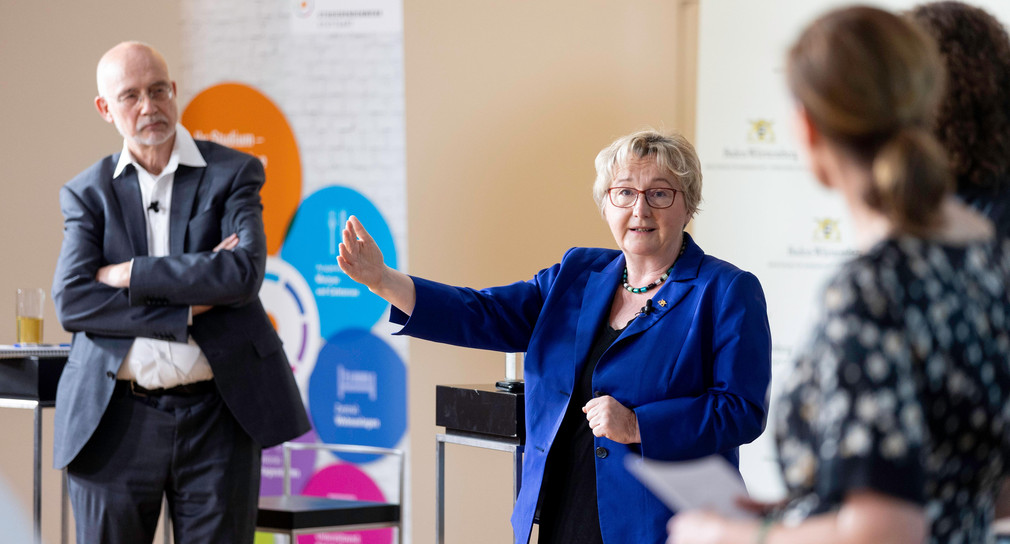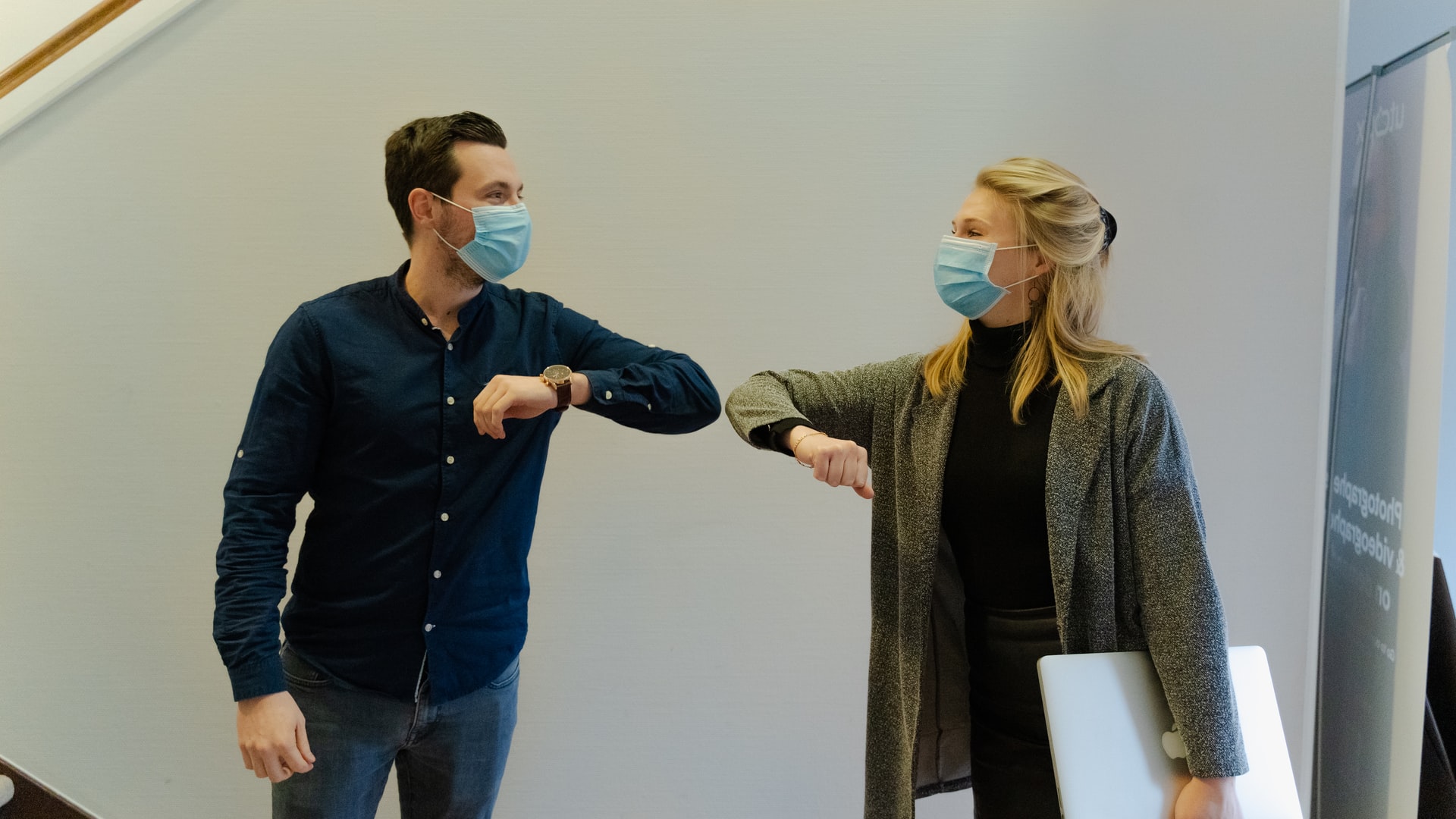The Silent Dark Wall in Zoom
The Silent Dark Wall in Zoom
04.08.20
Video conferences have proven to be an online solution for many formats of ad-hoc digital teaching during the Corona crisis. However, especially in lectures, but even in smaller seminars, the camera on the student side often remains switched off. Teachers speak against a silent wall and the hoped-for interactivity is opposed by inactivity. Professor Jörn Loviscach has been asking about the reasons for this behaviour. In the following article, he uses his findings to show their diversity and finds answers that show that the renunciation of participation in sound and vision can also have positive sides.
This article was automatically translated using DeepL. Please excuse any errors.
![Often the window towards the students remains closed. The reasons for this are manifold. Picture: [https://unsplash.com/photos/Oqk2A8QW75U Aliko Sunawang] Often the window towards the students remains closed. The reasons for this are manifold.](/sites/default/files/images/blog/videokonferenz.jpg)
The phenomenon of inaudible and non-visible participants in video conferences was part of the new everyday life for practically all teachers in the first Corona semester. While it was already a challenge to make an event interactive before, a suffocating curtain has now been drawn into the seminar. There are astonishingly many and complex reasons for this.
Recently I have tried to collect motives for being inaudible and invisible. I would now like to formulate the comments received from students and teachers as well as statements that I have heard elsewhere in a more concise way. I have assigned them to generic terms and sorted these generic terms roughly – without claiming to be representative – from the important to the less important.
In search of explanations
It should be noted that even a formal survey – and this was certainly not one – should be treated with caution: Do the respondents even know what drives them? Do they want to say it? Does the silent majority also remain silent in the survey? In this respect, the following can at best be a cautious first approximation.
Embarrassing. “I could say something wrong (possibly because I haven’t prepared myself enough) and make a fool of myself.” – “I have a shabby room and the virtual background feature is disabled or I don’t know what that is.” – But it doesn’t seem to be that important: “Maybe somebody from the audience is illegally recording the event and is bullying me with it.”
Medium restrictions. “I am not used to this environment.” – “Is my mike working? Is the connection good? Can you understand me? There is no immediate feedback on this. Yes, there is, in the audio statistics window of Zoom. Because of the latency, someone is always interrupting you. – You can’t really look into their eyes.
Privacy. “I’ll let you into my room for the entire class. – I’m afraid of people who might use my image for sexual arousal. – But it doesn’t seem important: “On a distant continent they might record it.”
Technique. “I don’t have a webcam and/or microphone.” (And no Smartphone, which could be used for the conference?) – “My technology does not provide the transmission quality that can be experienced with Twitch etc.” – “I’d rather listen to the Prof. understandable, than add video to my thin bandwidth.”
Clandestine interactivity. “We do talk, though in private chat; in the lecture hall, you’re gossiping in the back row.”
Diversity. “I don’t speak German well enough.” – “I can concentrate better when I only hear the voice.” – “I’m in a wheelchair and finally I’m not perceived as the one with the shortcoming.”
Conformity. “Other people are mute and invisible.” – “I could contribute something useful, but I don’t want to come across as a nerd.”
Unrecognizable benefit. “The lecturer has a bad internet connection, is unprepared and asks if the students know what to do.”
Other activities. “I have to work on the side / have to do the dishes / have to change the baby.” – “I have a second class to follow on the side.”
Many people, many explanations
These reasons show a surprising variety. Therefore, there is probably no patent remedy to lift the curtain again. Some of the remarks even suggest that it can be very helpful, at least individually, to refrain from participating with your own image and sound.
One recipe idea is to start each session to warm up with a short breakout session in small, unsupervised groups. Here communication seems to work better – often or sometimes – and perhaps this can be saved into the joint session after the breakout. However, I hear that even breakout sessions can be affected by the following fundamental problem: “[M]any students resist active learning techniques on the grounds that they feel they are not learning”.


 Adrian Bidlingmaier
Adrian Bidlingmaier 
 MERTON Magazin
MERTON Magazin 
 Prof. Dr. Marco Winzker
Prof. Dr. Marco Winzker 